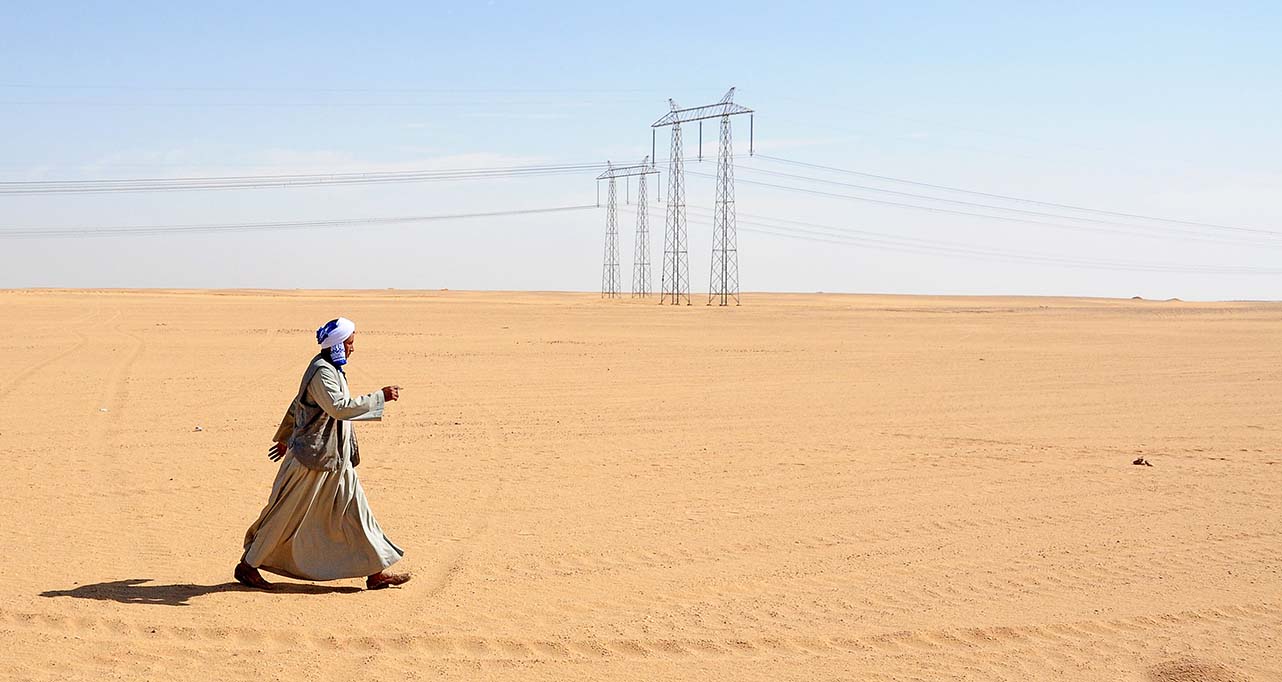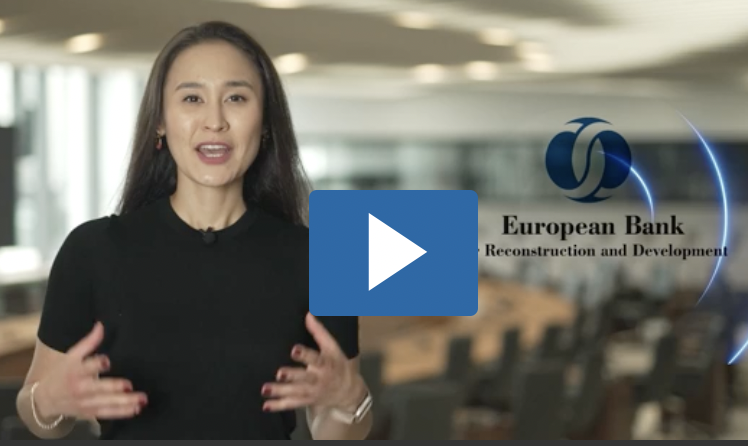These cookies cannot be disabled. They are essential for core functionality in ebrd.com to ensure a seamless and secure experience.
ESR 1: Assessment and management of environmental and social risks and impacts
This guidance note is for the EBRD's Performance Requirement 1, which preceded ESR 1 and relates to the Bank's previous Environmental and Social Policy (ESP), dated 2019.
The guidance note for ESR 1, which relates to the Bank's 2024 ESP, is in progress and will be published here once complete.
ESR 2: Labour and working conditions
We have produced a range of supporting guidance documents designed to help clients manage specific labour issues.
ESR 3: Resource efficiency and pollution prevention and control
The Environmental and Social Requirement 3 guidance note on resource efficiency and pollution prevention and control provides guidance on interpreting and implementing ESR 3.
ESR 4: Health, safety and security
The Environmental and Social Requirement 4 guidance note on health, safety and security provides guidance on interpreting and implementing ESR 4.
Briefing notes BN01-BN05: these notes outline good international practice in occupational health and safety when managing work on temporary construction projects.
Covid-19 response
The Covid-19 pandemic demonstrated the speed of disease transmission and the effects. It is crucial to prevent exposure to all diseases for project workers and project-affected communities. A risk assessment should be conducted to identify potential diseases, exposure routes and vulnerable groups, as the severity of exposure may vary based on age, gender and immunity. Control measures should also be developed in collaboration with local health authorities and key stakeholders to reduce exposure.
ESR 5: Land acquisition, involuntary resettlement and economic displacement
The documents below have been designed to provide advice on interpreting and implementing the EBRD's Performance Requirement 5, which preceded ESR 5 and relates to the Bank's previous Environmental and Social Policy (ESP), dated 2019.
The guidance note for ESR 5, which relates to the Bank's 2024 ESP, is in progress and will be published here once complete.
ESR 6: Biodiversity conservation and sustainable management of living natural resources
This guidance note is for the EBRD's Performance Requirement 6, which preceded ESR 6 and relates to the Bank's previous Environmental and Social Policy (ESP), dated 2019.
The guidance note for ESR 6, which relates to the Bank's 2024 ESP, is in progress and will be published here once complete.
ESR 7: Indigenous Peoples
The Environmental and Social Requirement 7 guidance note on Indigenous Peoples provides guidance on interpreting and implementing ESR 7.
ESR 8: Cultural heritage
The Environmental and Social Requirement 8 guidance note on cultural heritage provides guidance on interpreting and implementing ESR 8.
ESR 9: Financial intermediaries
The Environmental and Social Requirement 9 guidance note on financial intermediaries provides guidance on interpreting and implementing ESR 9.
ESR 10: Information disclosure and stakeholder engagement
This guidance note is for the EBRD's Performance Requirement 10, which preceded ESR 10 and relates to the Bank's previous Environmental and Social Policy (ESP), dated 2019.
The guidance note for ESR 10, which relates to the Bank's 2024 ESP, is in progress and will be published here once complete.
Good Practice Document: this document has been developed by the Multilateral Financing Institutions’ Working Group on E&S Standards primarily for practitioners tasked with organising consultations and stakeholder engagement. While not specific to ESR 10, the document summarises key objectives, principles and elements of stakeholder engagement.
EU requirements
The EBRD is committed to promoting European Union environmental requirements. We are also signatories of the European Principles for the Environment. Together with the Council of Europe Development Bank, the European Investment Bank, the Nordic Environment Finance Corporation and the Nordic Investment Bank we have developed the Sourcebook on EU Environmental Law in order to help our clients implement EU environmental requirements at the project level.



